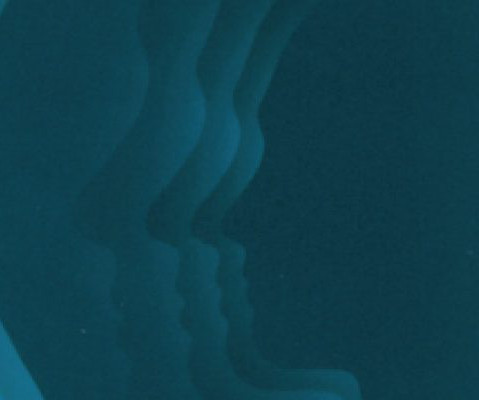Surprising Ways CBT Therapy Helps Women Overcome Challenges
Lightwork
MAY 15, 2025
From managing societal pressures to developing stronger coping mechanisms, CBT empowers women to take control of their mental well-being. Research shows that women experience higher rates of anxiety , depression , and eating disorders – conditions that respond particularly well to CBT approaches.












Let's personalize your content